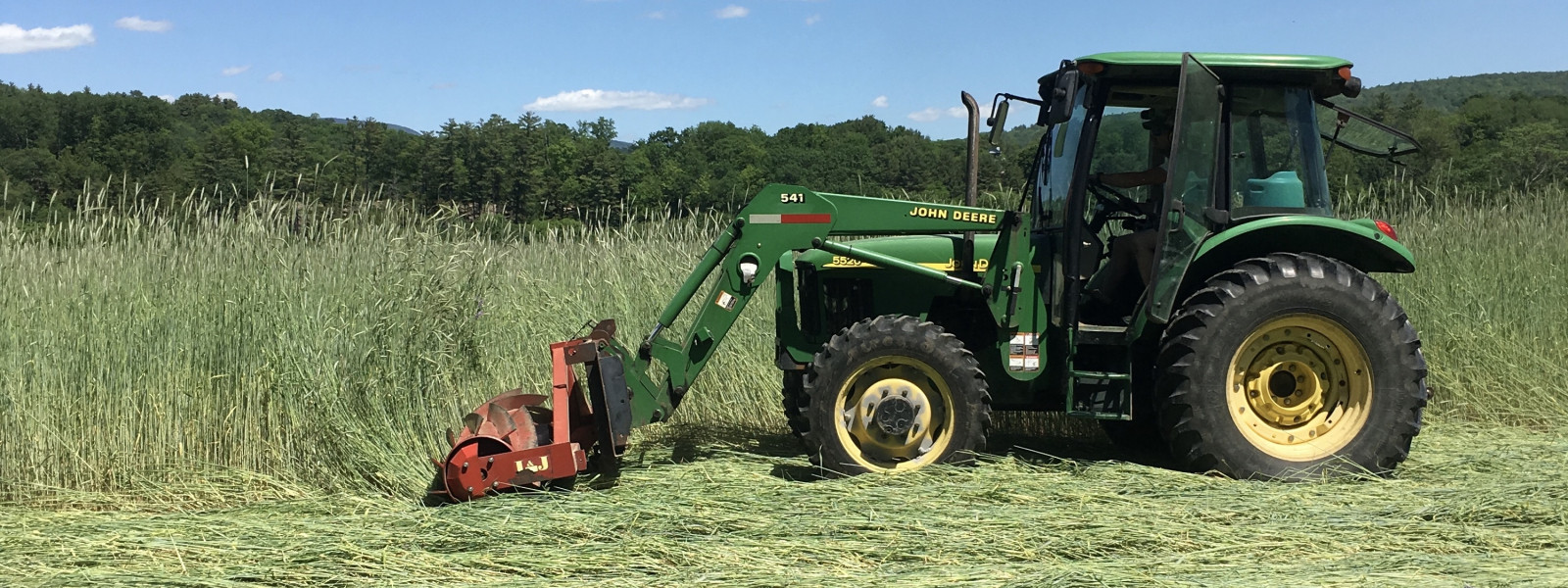Foul Play by Big Biotech
In September 2012, Gilles-Eric Séralini, authored a study on the toxicological effects of rats fed GMO corn, published in The Food and Chemical Toxicology (FCT) journal, Elsevier. The study questioned the safety of GMO foods finding solid scientific evidence that the herbicide glyphosate, prominent in Roundup Ready GMO crops like corn and soy, has toxic effects in blood, liver and kidneys, and is associated with an increase of cancerous tumors in rats. Séralini states that the study was not designed as a cancer study, but rather a toxicological study, and that the cancer findings strongly underscore the need for further work to followup on the cancer findings. The study became highly controversial and the biotechnology industry has since gone to great lengths to discredit the paper.
In November 2013, shortly after the FCTs appointment of Richard Goodman, an ex-Monsanto scientist, to the new position of FCT Biotechnology Editor, the journal requested that Séralini withdraw the study claiming it was inconclusive. Séralini refused, maintains that the study is accurate, and has threatened to sue the journal.
The journal’s editor stated that “unequivocally” he had found “no evidence of fraud or intentional misrepresentation of the data.” The study showed a higher incidence of tumors in rats fed GMO corn treated with Roundup. It replicated an earlier study by Monsanto except that the length of the study was extended from 90 days to two years.
The issues cited were the type of rat chosen which are prone to tumors (though the study of course compared the same type of rats not eating GMO & Roundup) and small sample size (more for the gender-based conclusions since these cut the sample size down to approximately ten sets of five rats.) Usually journal retractions are the result of scientific misconduct, not alleged in this incident.
The usual decision to retract the peer-reviewed study is seen by some as “illicit, unscientific and unethical”, and that inconclusive data was not sufficient grounds for retraction. An independent comparative study published in December 2013 shows that Séralini’s methods were the same methods used by Monsanto’s own safety tests. None of the compared industry studies have been retracted, in fact they are the main reference for their allowance on the market.
While this kind of double standard and foul play seems to be common practice for the biotech industry, it is unacceptable from the scientific community. The evidence is piling up against the safety of GMOs indicating a strong need for more independent studies and less reliance on clearly biased and flawed industry studies. As independent findings questioning the effect of GMO’s on human safety and the environment continually arise from the global community, each year more countries respond by requiring labeling or an outright ban of GMO’s. Currently, 64 countries around the world require labeling of genetically engineered foods including the 15 nations in the European Union, Japan, Australia, Brazil, Russia and even China. Although 93% of Americans want labels on GMO’s, there are no restrictions in the United States.
Séralini maintains that his study is accurate and that it indicates a need for more independent studies to determine the health effects of GMO’s. Long term epidemiological studies have not been done, in part because U.S. food producers and processors are not required to disclose genetic engineering in their products through labeling. There is currently no scientific consensus on the safety of GMOs. According to the ‘Statement: No scientific consensus on GMO safety’ signed by 230 scientists in October of 2013,
“We feel compelled to issue this statement because the claimed consensus on GMO safety does not exist. The claim that it does exist is misleading and misrepresents the currently available scientific evidence and the broad diversity of opinion among scientists on this issue. Moreover, the claim encourages a climate of complacency that could lead to a lack of regulatory and scientific rigour and appropriate caution, potentially endangering the health of humans, animals, and the environment.”
credits: Thanks to the Center for Ag & Food Systems at Vermont Law School for contributing to this piece. Photo: Tamara Martin







